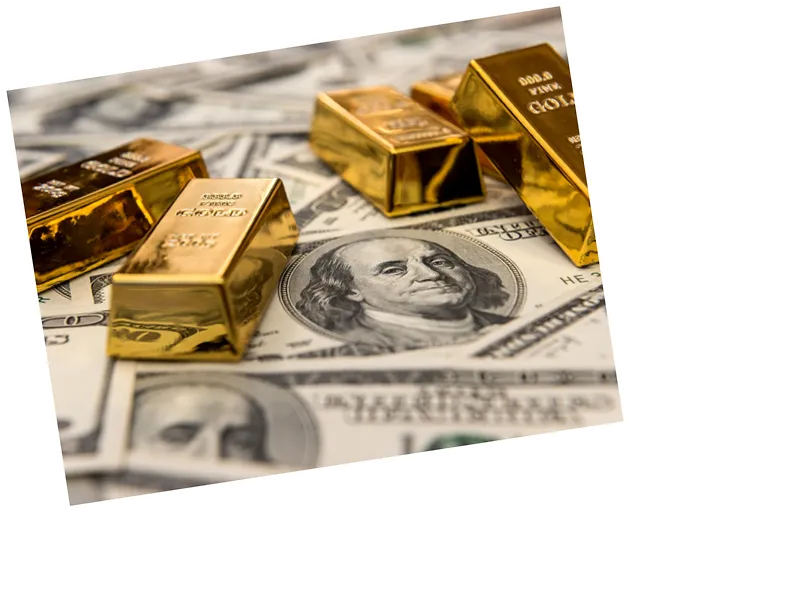The rise in gold prices reflects a broader trend where investors seek safety in non-yielding assets during periods of economic uncertainty and geopolitical tensions.
The Federal Reserve's upcoming comments and decisions regarding interest rates will be crucial in shaping market expectations and influencing gold prices in the near future.
If the Federal Reserve signals a continuation of interest rate cuts, gold prices could further increase, potentially reaching Goldman Sachs' forecast of $3,000 per ounce by 2025.
Continued geopolitical tensions, particularly in Ukraine, may sustain investor interest in gold as a safe-haven asset, contributing to its price growth.
Gold prices reached a one-week high of $2,623.54 an ounce on November 19, 2024, driven by a decline in the US dollar and market anticipation of Federal Reserve comments regarding interest rates. This increase follows a 2% rise on Monday, with US gold futures also climbing to $2,627.60 an ounce. Analysts suggest that the weaker dollar makes gold more affordable for international buyers, enhancing its appeal as a safe-haven asset amid geopolitical uncertainties, particularly following recent escalations in the Ukraine conflict.
Goldman Sachs has projected that gold could soar to $3,000 per ounce by the end of 2025, attributing this forecast to expected purchases by central banks and a continued reduction in US interest rates. The bank has identified gold as one of its top commodity trades for the upcoming year, suggesting that prices may further increase during the next presidential term. Additionally, other precious metals have also seen price increases, with silver reaching $31.32, platinum at $969.80, and palladium settling at $1,005.20.





